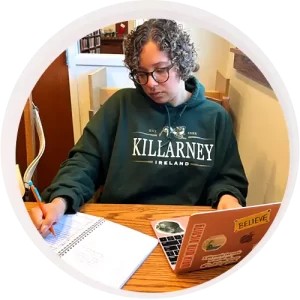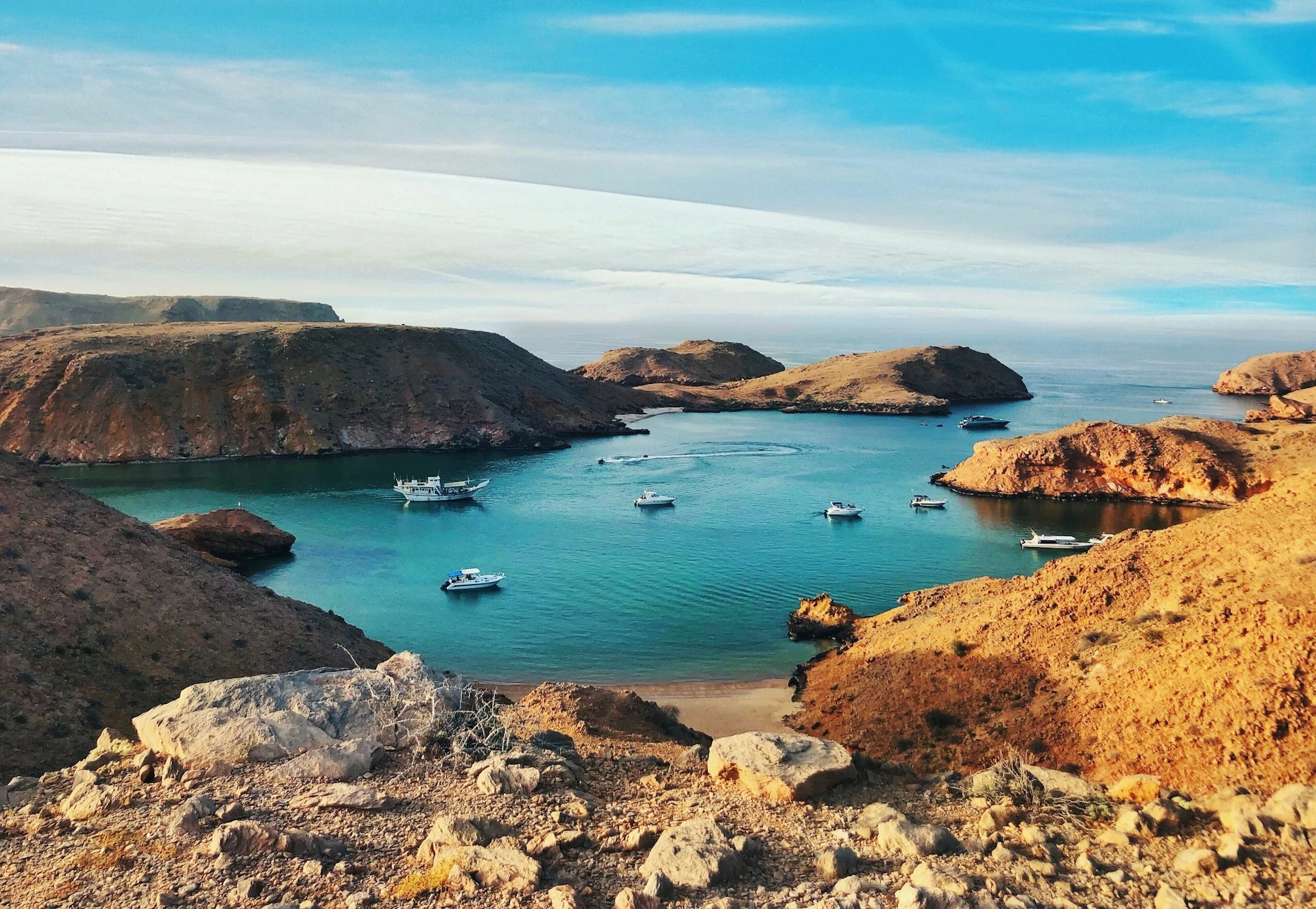Written by Tom Hooker
The Nepal Tourism Board (NTB) announced that tourists taking trekking trips will need to be accompanied by a certified guide starting April 1st, 2023. This announcement has been celebrated in the Himalayan country, as it seeks to boost local economies. However, the biggest impact of this may just be the improved safety levels for trekkers. Over the last few years, there’ve been dozens of cases of travelers becoming disoriented and losing contact with others, ultimately requiring rescue parties. Here, we’ll explore the new regulations and discuss the best ways that travelers can book certified tour guides for trekking trips.
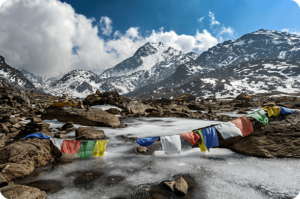
Number One Requirement: Guides
According to Raj Lamichhane, a spokesperson for the NTB, Nepal receives around 50 trekkers who lose contact while exploring the Himalayan mountains, prompting rescue missions. This puts pressure on the national economy while creating the perception that Nepal may not be safe for this type of holiday, a trend that the NTB wants to rebuff at all costs. To solve this problem, the Trekking Agencies Association of Nepal (TAAN) proposed the following new measures.
Under these new regulations—which have already been approved and are actively in effect—trekkers are required to hire certified guides. (If interested in certification of your own, please visit https://lawcommission.gov.np/en/?p=6435) Travelers will also receive benefits like insurance coverage and the assurance of maintained trekking routes. Furthermore, the Trekkers Information Management System (TIMS) card, a previously-approved requirement in Nepal, has also increased in price. That said, this card currently has a cost of 2000 rupees ($16.50 USD) at the time of this writing.
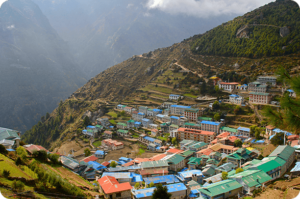
A How to Guide to the Best Guide
While many adventurous travelers prefer solo trekking, having a tour guide is anything but a nuance and has never been easier to arrange. As a matter of fact, having a local to help you find the best foods, teach you a bit about the area, and most importantly, ensure that you’re always safe will create an even better atmosphere and more relaxing travel experience. Let’s go over the steps you should follow to find a local Nepal guide before landing in or crossing the borders of Kathmandu, Pokhara, or Lumbini.
#1. Decide on Your Dates
Before you reach out to any guides or book accommodations, you have to plan your travel dates. The best weather in Nepal takes place between October and November, which is the season that most trekkers choose to explore this country. If you prefer avoiding these dates for any reason, keep in mind that monsoon season is between June and August; so it’s best to exclude these dates when planning.
#2. Pick the Places and Activities
Next, start looking at the areas you want to explore and the activities you want to partake in. It’s a good idea to create a list, but don’t book anything yet, as your tour guide may be able to give you some tips.
#3. Reach Out to Local Guides and Get an Itinerary
Now, it’s time to reach out to local guides. It’s possible to book local guides through travel agencies, but as of this writing, the NTB hasn’t set up a directory of certified guides. That’s where ALLMYNE comes into play. You can connect with local tour guides through the ALLMYNE app, which helps you get in direct contact with certified individuals ready to usher you along regional sites.
Once a guide’s been chosen, have them create an itinerary for you. This will give you an idea of where you need to be on what date.
#4. Meet Your Guide and Get Going!
Finally, it’s time to get going! As the date approaches, remember to review any travel advice and announcements, stay in touch with your guide, and enjoy your unforgettable trip!
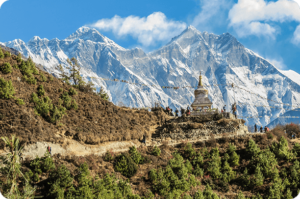
Ready, Set, Go—Nepal is on the Horizon!
There is no doubt that the new regulations will have a positive impact on local economies while also helping travelers stay in contact throughout their adventures. With that being said, this also means that you need to make preparations with a local that knows the region and is certified to provide tours.

